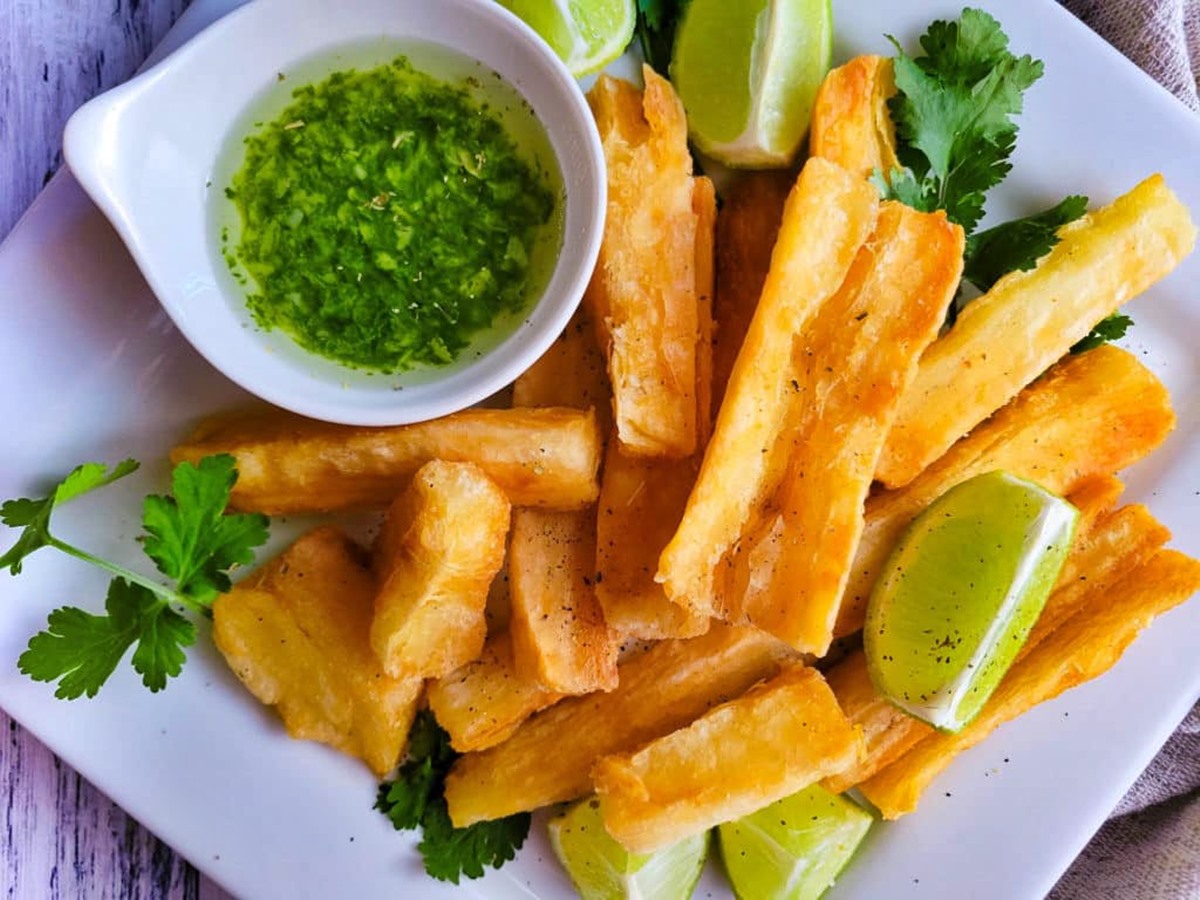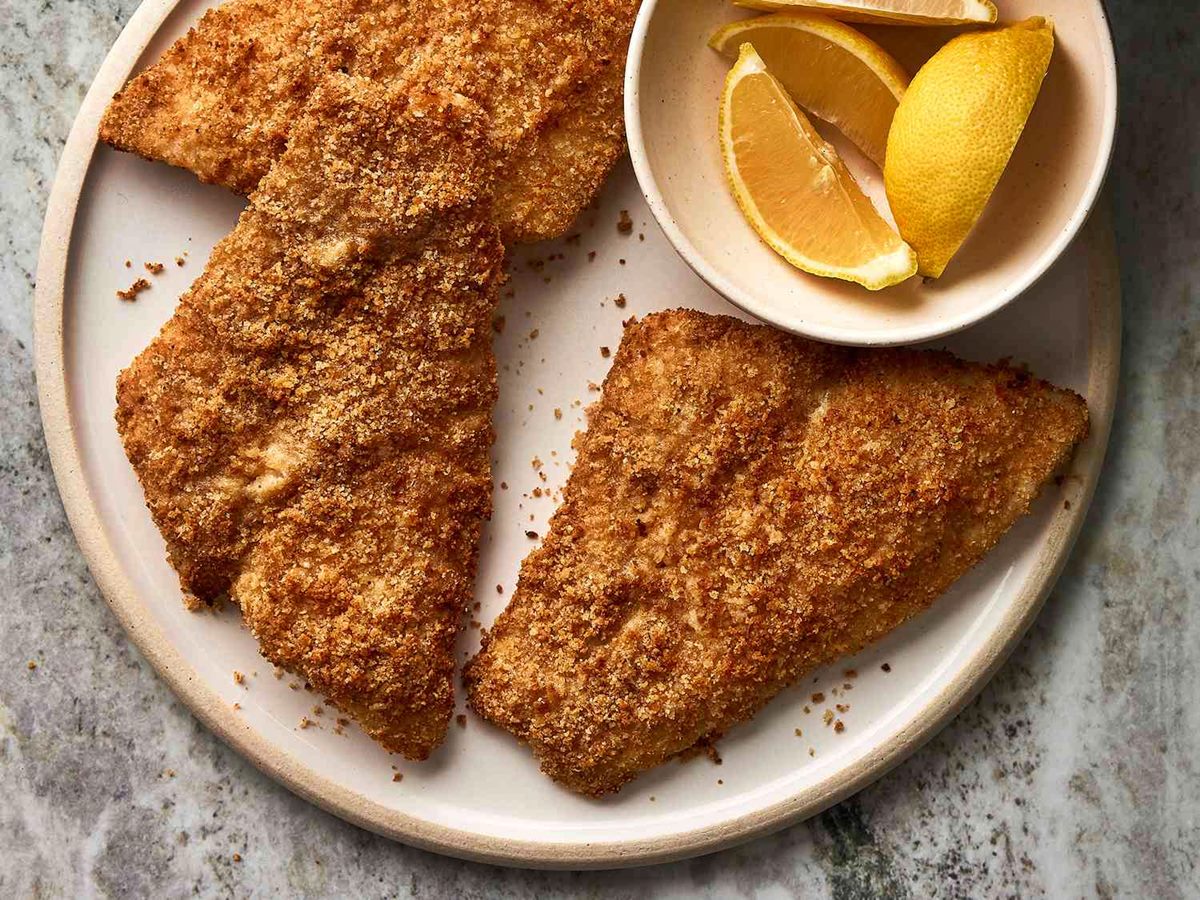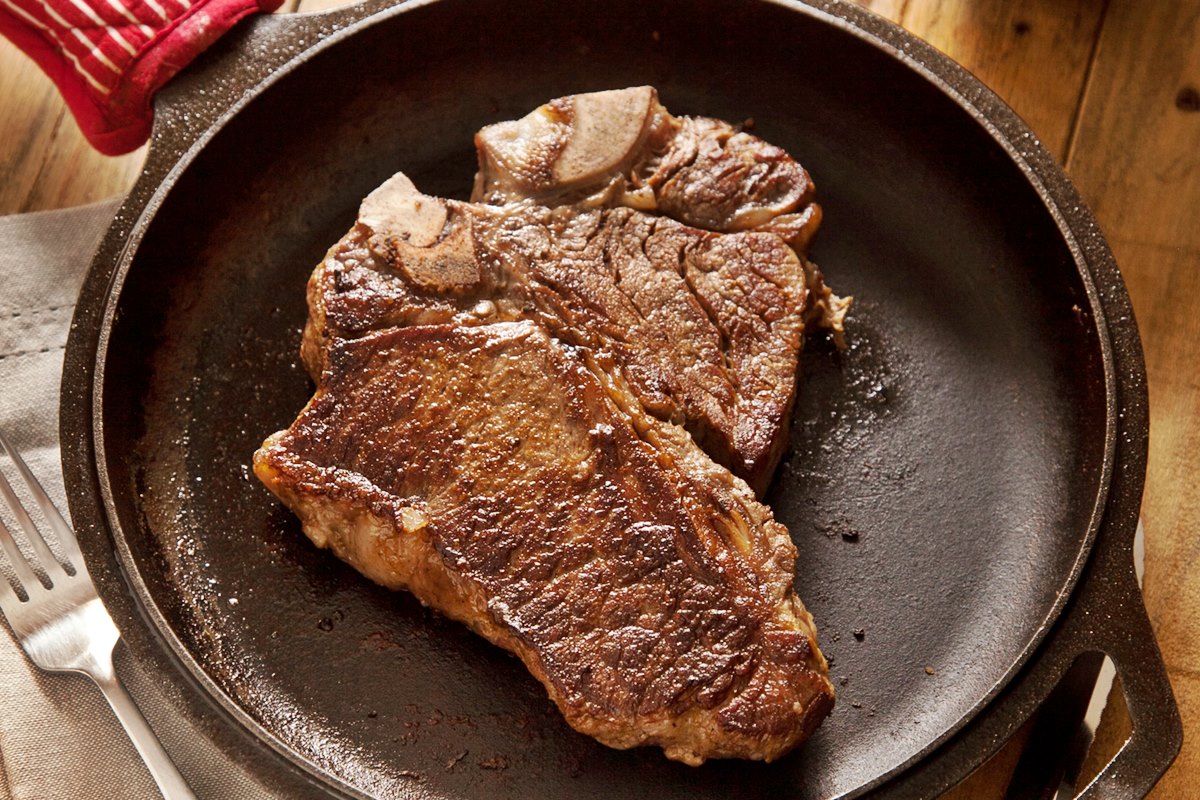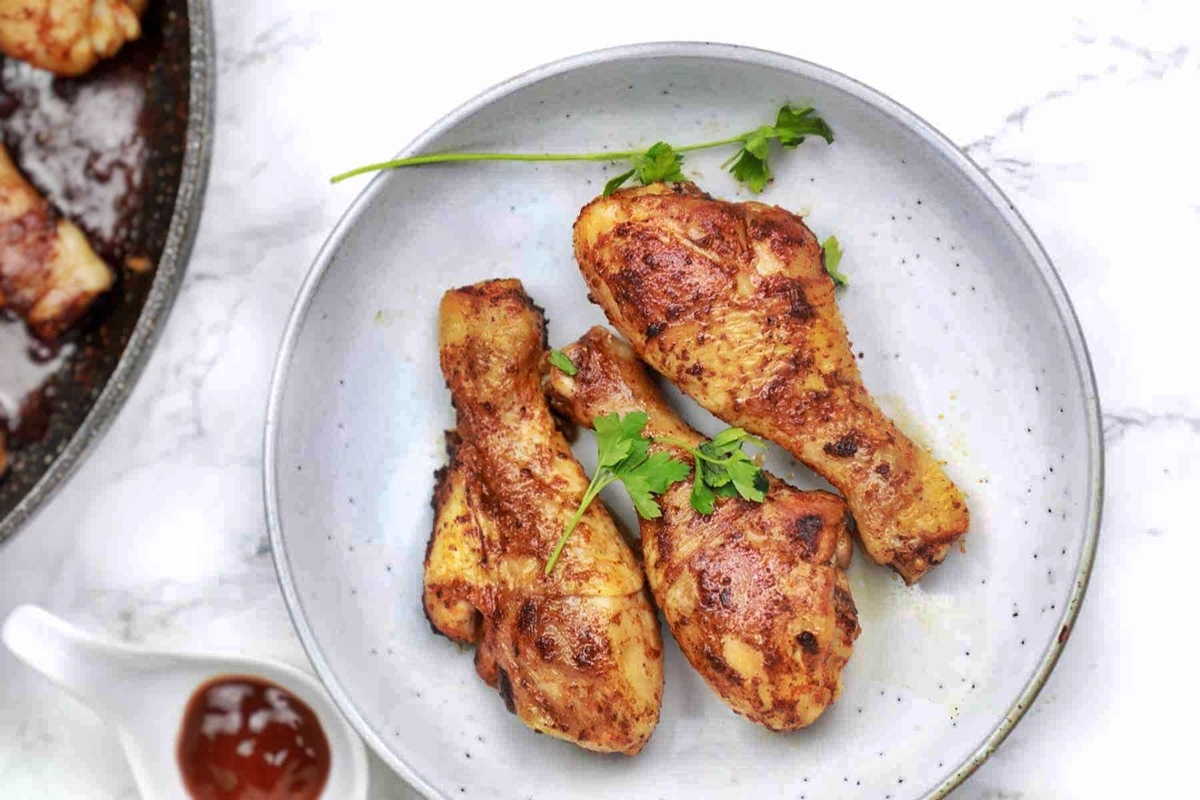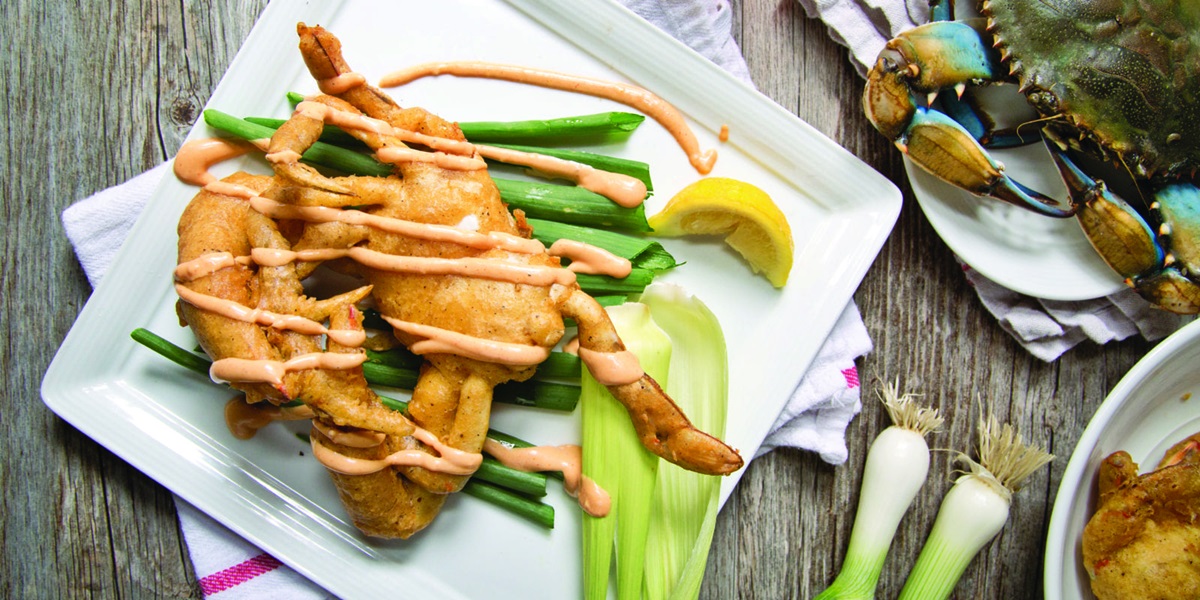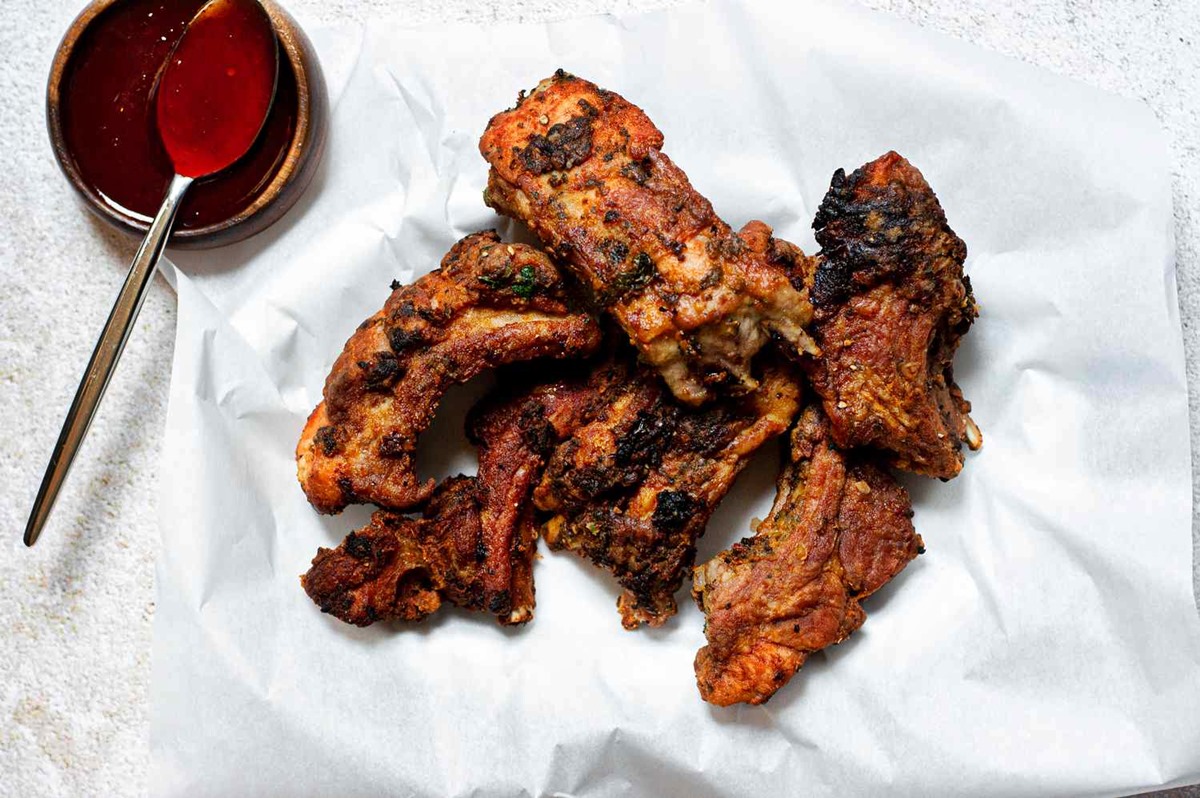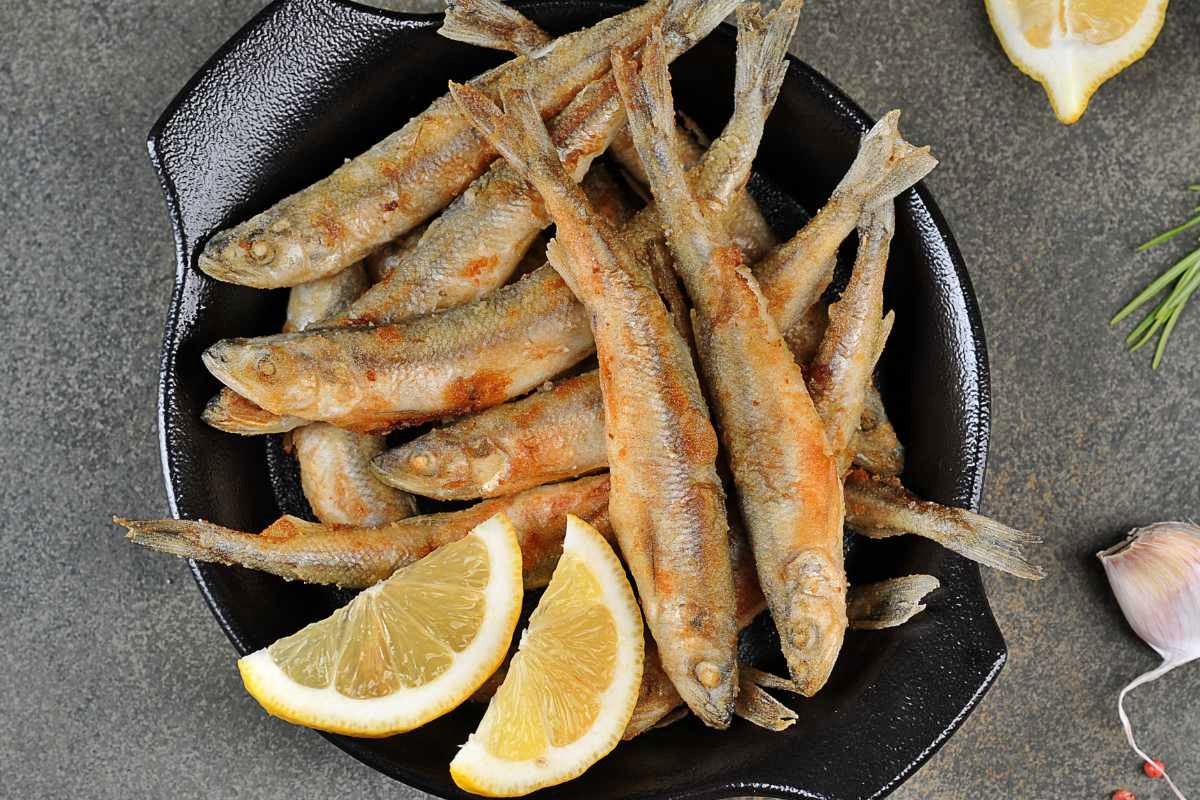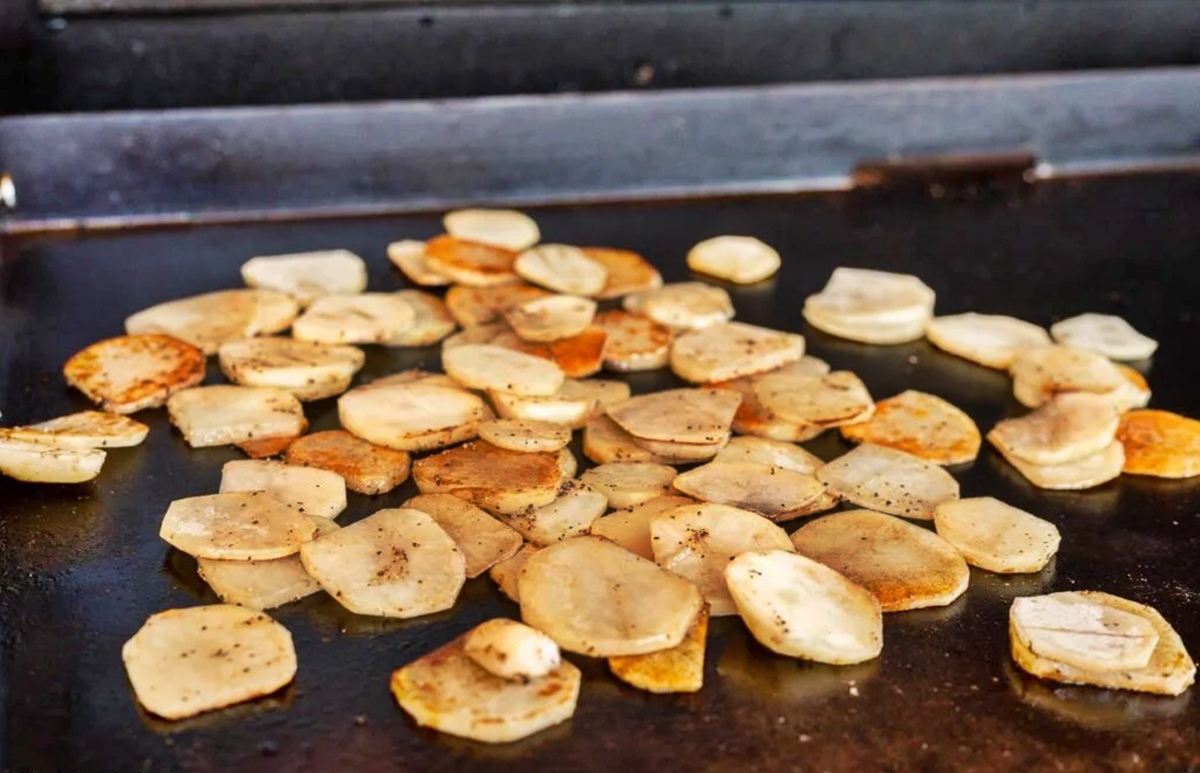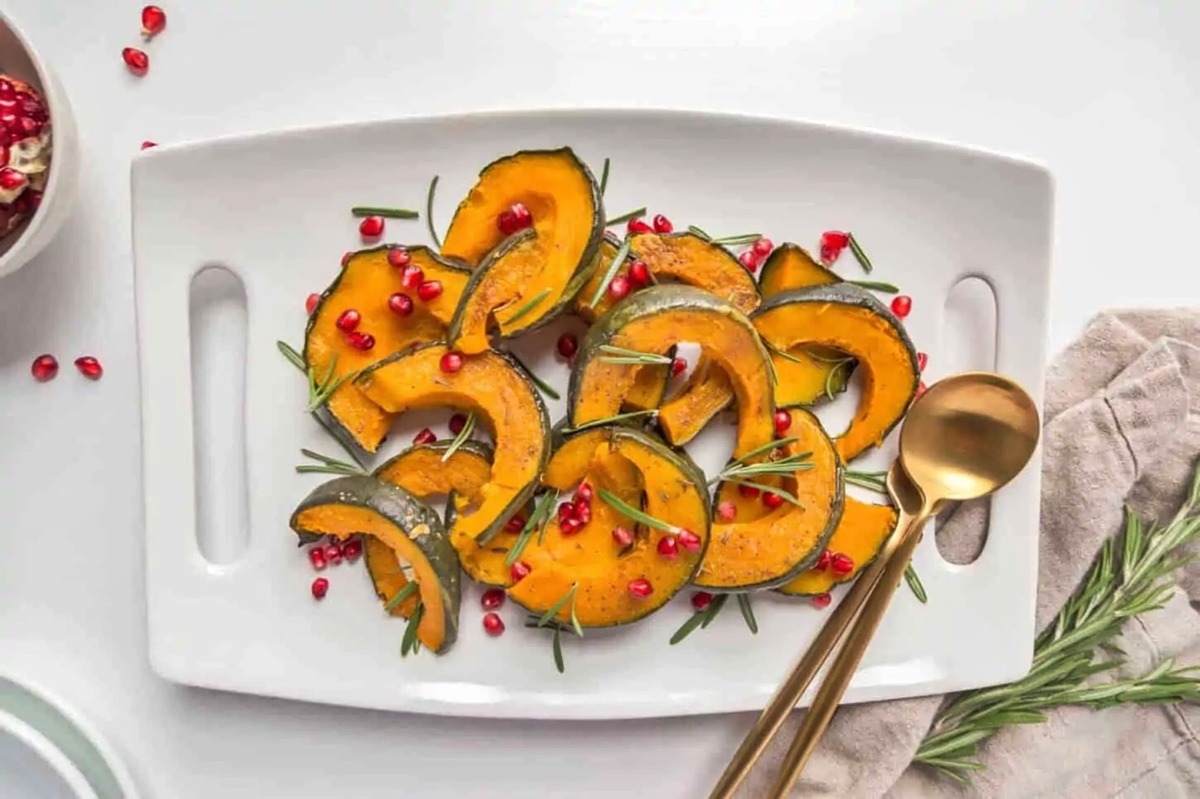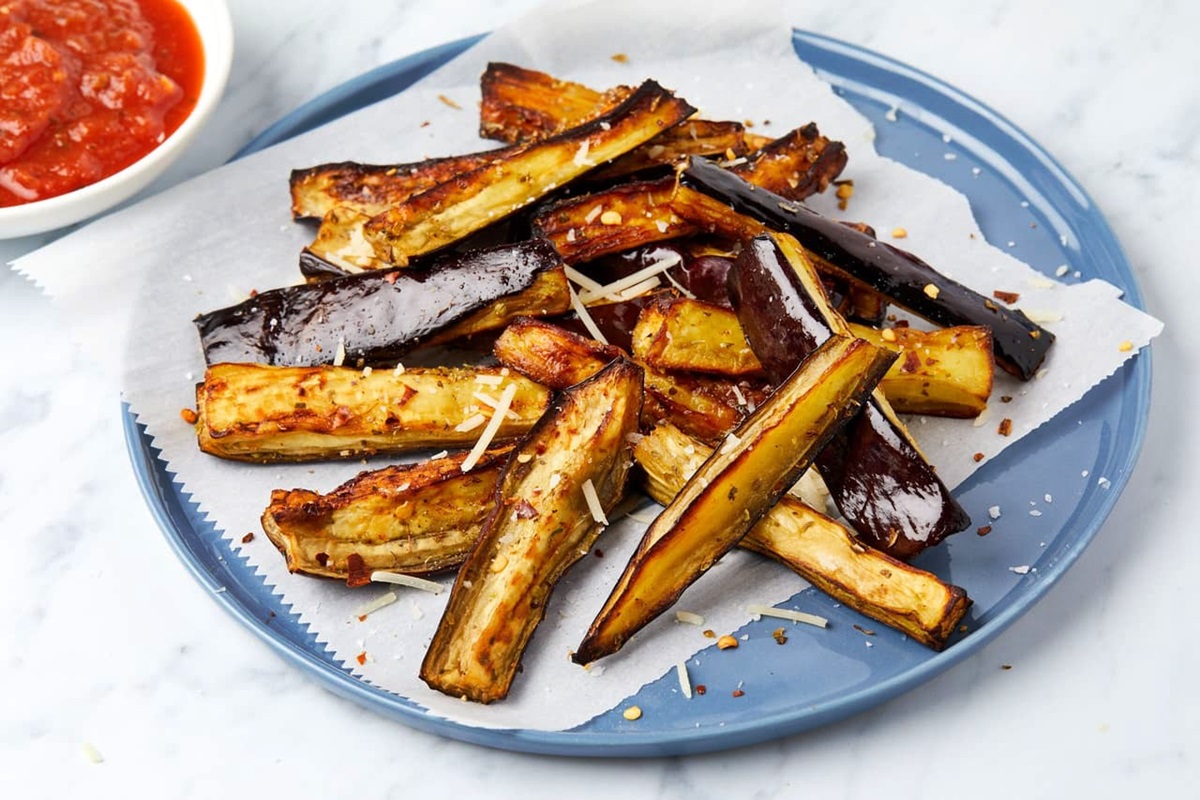How To Fry Salt Pork
Are you craving a satisfying and flavorful addition to your breakfast or dinner? Look no further than salt pork! Frying salt pork is a traditional cooking method that brings out its rich, savory flavors and creates a crispy texture that is simply irresistible.
What is Salt Pork?
Salt pork is a type of preserved pork that has been cured with salt. It is typically made from pork belly or fatback and is used as a cooking ingredient to enhance the flavor of various dishes. Its high salt content and fat content make it ideal for frying.
Step-by-Step Guide to Fry Salt Pork
- Start by selecting a thick slice of salt pork from your local market. The thickness of the slice will determine the cooking time and the level of crispiness.
- Before frying, it’s important to remove any excess salt from the pork. Rinse the salt pork under cold water to remove the surface salt.
- Pat the pork dry with a paper towel to remove excess moisture. This step will help in achieving a crispy texture when frying.
- Next, heat a frying pan over medium-high heat. You don’t need to add any additional oil as salt pork has enough fat content to render during the cooking process.
- Once the pan is hot, carefully place the salt pork slices into the pan, ensuring they are spread out evenly. Allow them to fry for about 3-4 minutes per side, or until they turn golden brown and crispy.
- Use tongs to flip the salt pork slices and continue frying on the other side. Keep an eye on them to prevent burning.
- Once the slices are crispy and browned to your liking, transfer them to a paper towel-lined plate to drain excess oil.
- Your fried salt pork is now ready to be enjoyed! Serve it alongside your favorite breakfast items like eggs, toast, or pancakes. It can also be used as a delicious topping for salads, soups, or sandwiches for an added punch of flavor.
Tips and Variations
- If you prefer your salt pork less salty, you can soak it in cold water for about 30 minutes before frying. This helps to reduce the saltiness.
- For those who enjoy a touch of sweetness, you can lightly brush the salt pork slices with maple syrup or honey before frying. This adds a delightful caramelized flavor to the final result.
- Experiment with different seasonings like black pepper, garlic powder, or paprika to enhance the taste of your fried salt pork.
So, the next time you’re looking to level up your breakfast or add a burst of flavor to your favorite dishes, give frying salt pork a try. With its crispy texture and savory taste, it’s bound to become a delightful addition to your culinary repertoire. Enjoy!
Explore More Delicious Recipes and Uses for Fried Salt Pork
Having mastered the art of frying salt pork, it's time to channel this skill into creating a variety of delicious dishes that showcase its versatility. From hearty stews to savory breakfast options, salt pork elevates every recipe it graces. For a classic comfort meal, the New England Clam Chowder with Crispy Salt Pork offers a delightful crunch and rich flavor. Those looking for a side dish with a sweet and savory twist should not miss the Crispy Salt Pork with Maple Glaze as a Side Dish. Additionally, incorporating this ingredient into Salt Pork and Cabbage Soup provides a robust and comforting dish perfect for chilly evenings. Each recipe offers a unique way to enjoy the crispy, salty goodness of fried salt pork, making them must-try options for any home chef.
Was this page helpful?
Read Next: How To Fry Turkey Chops

